The Intel Ivy Bridge (Core i7 3770K) Review
by Anand Lal Shimpi & Ryan Smith on April 23, 2012 12:03 PM EST- Posted in
- CPUs
- Intel
- Ivy Bridge
Intel HD 4000 Explored
What makes Ivy Bridge different from your average tick in Intel's cycle is the improvement to the on-die GPU. Intel's HD 4000, the new high-end offering, is now equipped with 16 EUs up from 12 in Sandy Bridge (soon to be 40 in Haswell). Intel's HD 2500 is the replacement to the old HD 2000 and it retains the same number of EUs (6). Efficiency is up at the EU level as Ivy Bridge is able to dual-issue more instruction combinations than its predecessor. There are a number of other enhancements that we've already detailed in our architecture piece, but a quick summary is below:
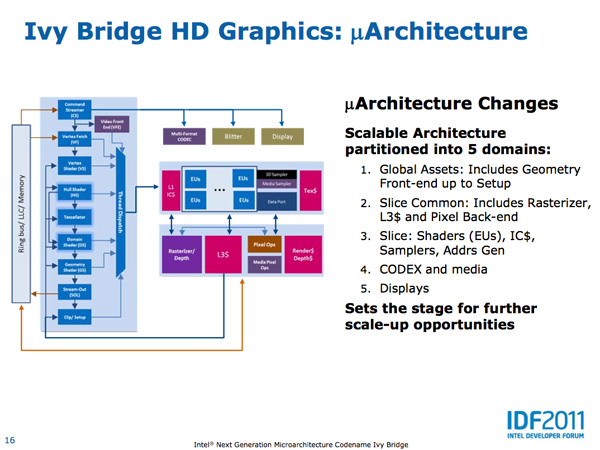
— DirectX 11 Support
— More execution units (16 vs 12) for GT2 graphics (Intel HD 4000)
— 2x MADs per clock
— EU can now co-issue more operations
— GPU specific on-die L3 cache
— Faster QuickSync performance
— Lower power due to 22nm
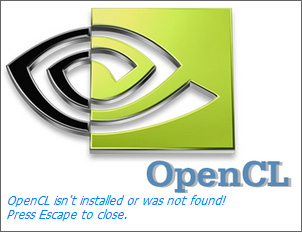
Although OpenCL is supported by the HD 4000, Intel has not yet delivered an OpenCL ICD so we cannot test functionality and performance. Update: OpenCL is supported in the launch driver, we are looking into why OpenCL-Z thought otherwise. DirectX 11 is alive and well however:
Image quality is actually quite good, although there are a few areas where Intel falls behind the competition. I don't believe Ivy Bridge's GPU performance is high enough yet where we can start nitpicking image quality but Intel isn't too far away from being there.
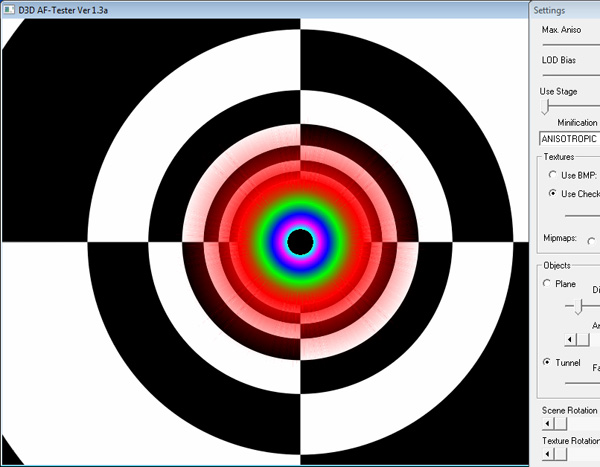
Current state of AF in IVB
Anisotropic filtering quality is much improved compared to Sandy Bridge. There's a low precision issue in DirectX 9 currently which results in the imperfect image above, that has already been fixed in a later driver revision awaiting validation. The issue also doesn't exist under DX10/DX11.
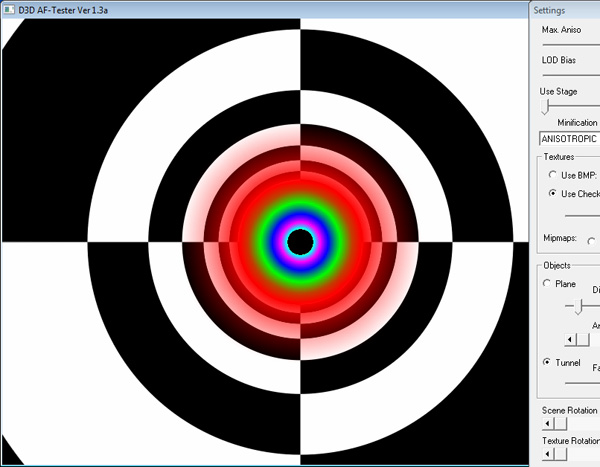
IVB with improved DX9 AF driver
Game compatibility is also quite good, not perfect but still on the right path for Intel. It's also worth noting that Intel has been extremely responsive in finding and eliminating bugs whenever we pointed at them in their drivers. One problem Intel does currently struggle with is game developers specifically targeting Intel graphics and treating the GPU as a lower class citizen. I suspect this issue will eventually resolve itself as Intel works to improve the perception of its graphics in the market, but until then Intel will have to suffer a bit.
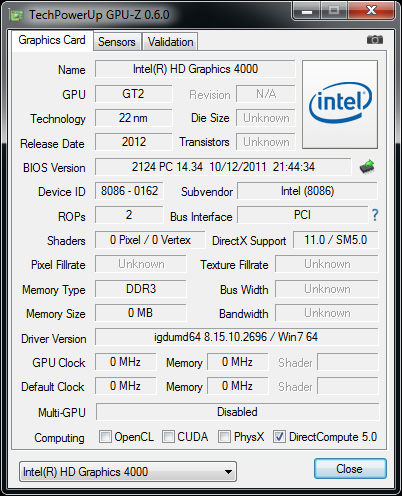








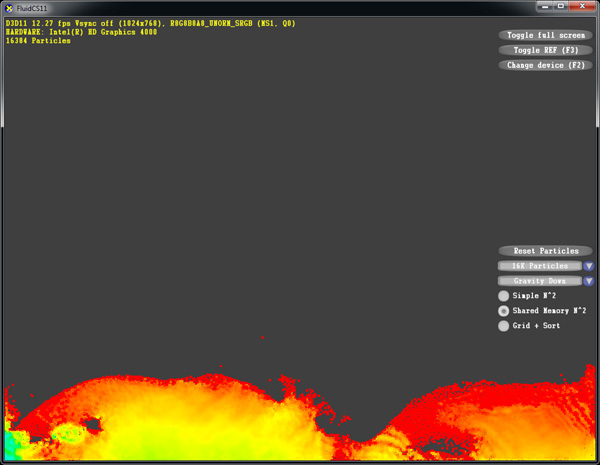














173 Comments
View All Comments
aegisofrime - Monday, April 23, 2012 - link
It's interesting to me that this article doesn't include any temperature measurements. I have been hearing that Ivy Bridge has got temperature issues. Could you update the article with those numbers? I'm aware that the article on undervolting and overclocking has some numbers, but none at stock voltage and clocks as far as I know.Stuka87 - Monday, April 23, 2012 - link
I was just going to post the same thing. Where on earth are the temp measurements?Anand Lal Shimpi - Monday, April 23, 2012 - link
Ian's article thoroughly covers the thermal issues, and did include a stock clock graph with voltage scaling:http://images.anandtech.com/doci/5763/Stock%20Spee...
Take care,
Anand
Stuka87 - Tuesday, April 24, 2012 - link
Thanks for responding Anand.The issue I see is in the future, people will look for this review, and not know to look in another article for temp readings.
And I know the other article did have a temp graph, but it did not have the bar graph comparing it to other CPU's like we are used to. I actually have no clue how it compares to a SNB chip after reading this article in terms of temperatures. It would be great to have that information as it aids in building a new system.
Thanks!
samal90 - Monday, April 23, 2012 - link
Okk...so the A8-3870K beats it in almost every gaming benchmark and they are marketing the HD4000....pretty bad for intel. Trinity will completely destroy Ivy bridge then it seems. Every generation, one company is slacking off behind the other...it's always like that. Next year, intel will take the crown..then the year after it will be AMD...and so on.N4g4rok - Monday, April 23, 2012 - link
Not so sure about that actually. I think they're going to fork in two different directions, with Intel being your high compute power desktop friendly option, and AMD being the go to for laptop, notebook, and ultrabook-esque form factors. Unless trinity mucks up big time, AMD will have the IGP thing down. for a while.JarredWalton - Monday, April 23, 2012 - link
I think you're wrong on the "AMD being the go to for laptop..." part. AMD will be the go-to option for people that want an inexpensive laptop with better IGP performance. As I note in the mobile IVB article, mobile Llano GPU performance isn't nearly as impressive relative to IVB as on the desktop. Anyway, AMD will continue to lead on IGP performance with Trinity I'm sure, but there are very large numbers of laptop users that don't even play games. Of course, the highest selling laptops are still going to be the least expensive laptops.DanNeely - Monday, April 23, 2012 - link
For mainstream laptops the real factor is probably going to be battery life. AMD needs to catch up to Intel with power management to get beyond niche products.seasalt - Monday, April 23, 2012 - link
Why is it listed as 77W when the ones already being sold are clearly marked 95W on the boxes?http://www.nordichardware.com/news/69-cpu-chipset/...
mechwarrior1989 - Monday, April 23, 2012 - link
It's in the article..."Note that max TDP for Ivy Bridge on the desktop has been reduced from 95W down to 77W thanks to Intel's 22nm process. The power savings do roughly follow that 18W decrease in TDP. Despite the power reduction, you may see 95W labels on boxes and OEMs are still asked to design for 95W as Ivy Bridge platforms can accept both 77W IVB and 95W Sandy Bridge parts."